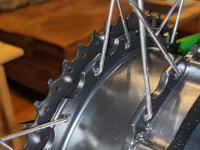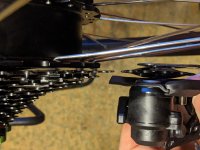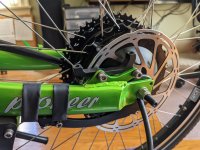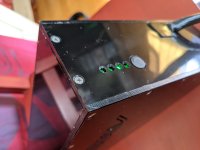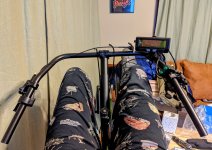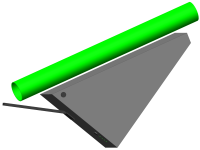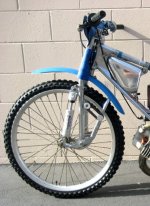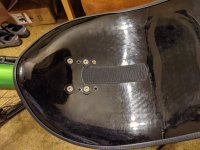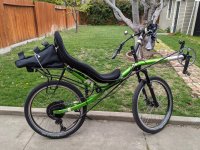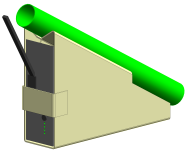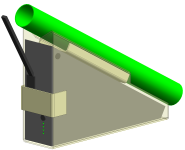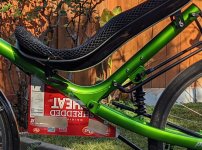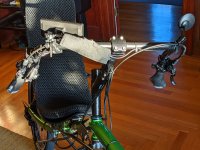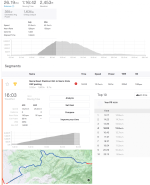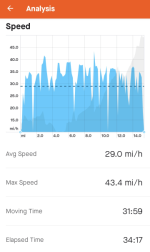agniusm
1 MW
Was going through this thread couple of times and always refrained from commenting but i have to point out that using modules without the lids is not recommended and misses the design purpose. Plastic is pliable and cells make sides bow out. Lid locks the sides to mitigate this effect so cells could sit flush on the contacts therefore have largest contact area.
Second point, it is not recommended to transfer load through a nut as it is least conductive and better to bolt your terminal strait to the module or make terminal that could accept few wires from copper or aluminium and then bolt it strait to the module.


